Candle charcoal drawings are a unique way to add mood and atmosphere to any space. The combination of the soft glow from candles and the striking, dramatic lines of charcoal can create evocative pieces of art. Whether you are an artist searching for a new medium or someone looking to enhance the ambiance of a room, candle charcoal drawing offers a creative and elegant solution. This article provides guidelines on how to leverage this artistic technique to its full potential.
Selecting Your Materials
Choosing the Right Charcoal
The charcoal you choose can significantly affect your drawing’s outcome. Opt for vine charcoal for softer, more diffused lines, or compressed charcoal for a darker, more intense effect. Experiment with different grades of charcoal to find the contrast and depth that work for your intended mood.
Preparing the Candle
The candle’s role in candle charcoal drawing goes beyond providing light—it can also be a tool to manipulate the charcoal. Using a candle with a steady, substantial flame allows you to soften or smudge the charcoal on the paper to create varying textures. Be sure to select non-scented candles to avoid any unwanted effects from scented smoke.
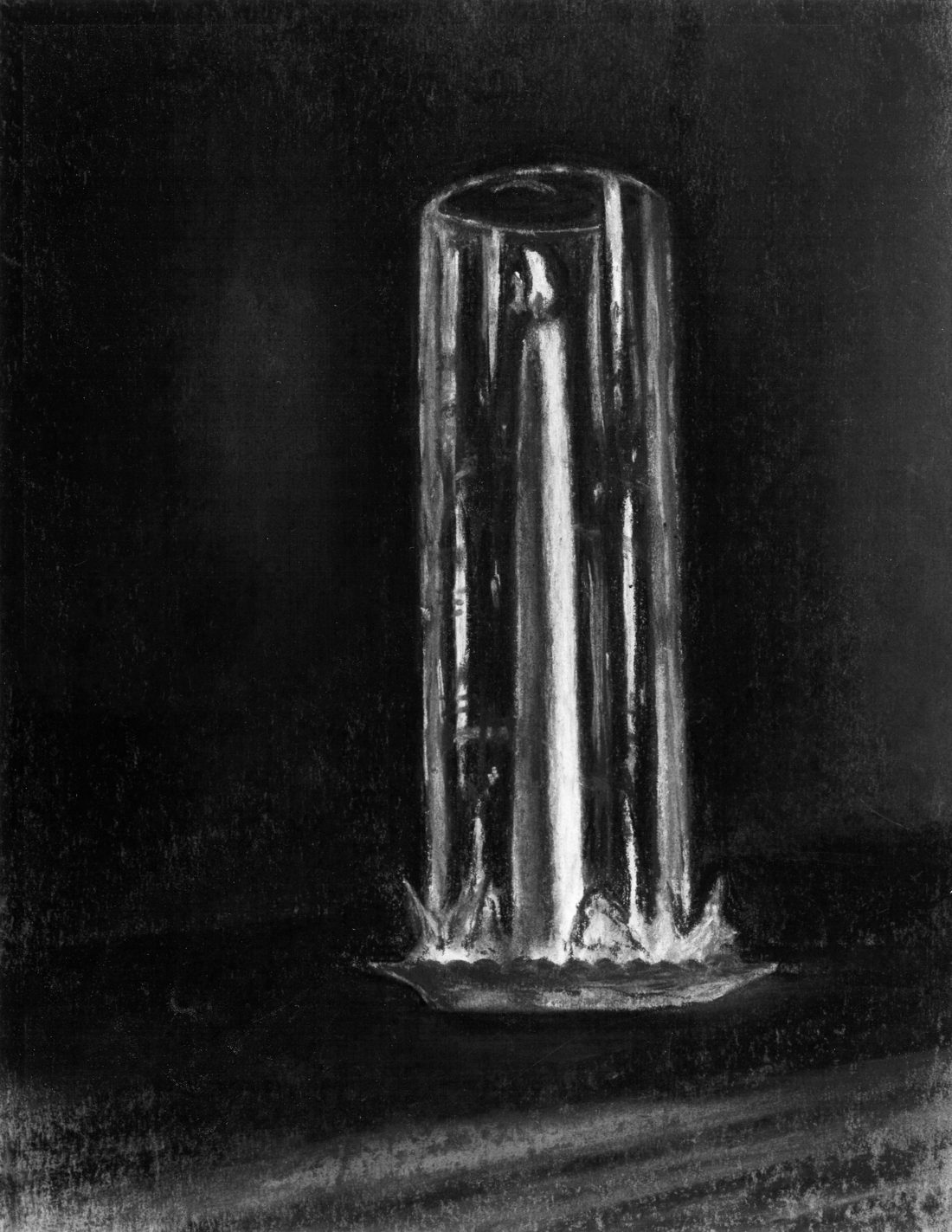
Setting Up Your Workspace
Lighting Arrangements
To effectively draw with candle charcoal, prioritize your lighting setup. The flickering candlelight not only contributes to the ambiance but can also guide your drawing process. Ensure your space is dimly lit to allow the candle’s luminescence to play a significant role in how you perceive and interact with your drawing.
Preparing the Surface
Working with charcoal requires a steady hand and a stable surface. Secure your drawing paper onto a flat surface or easel. Cover surrounding areas with scrap paper or a drop cloth to prevent charcoal dust from spreading. Have your eraser, blending tools, and additional candles within reach to maintain focus during the creative process.
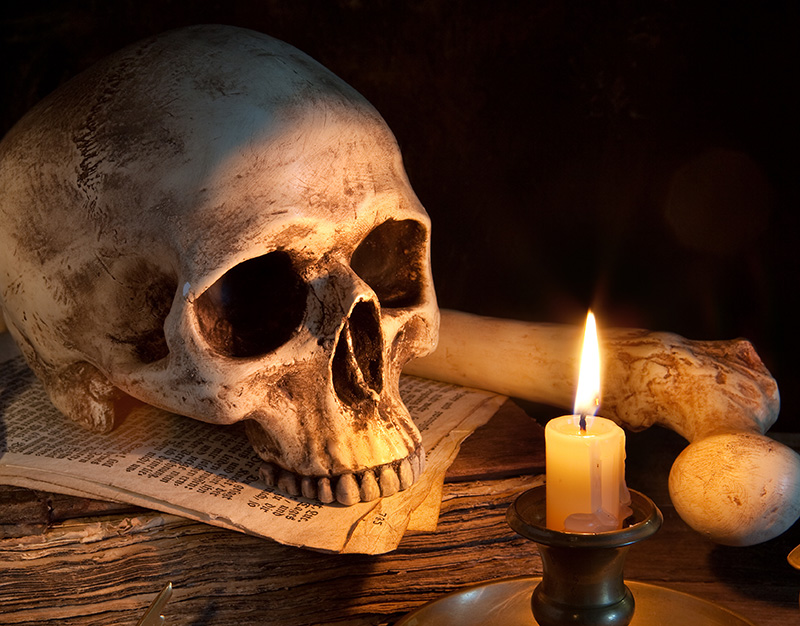
Mastering Charcoal Techniques
Learning to Handle Charcoal
Handling charcoal takes practice. Start with softer strokes to build light layers, then apply more pressure for bolder, darker lines. Use your fingers, a cloth, or a blending stump to smooth or blend the charcoal, and remember that errors can turn into unexpected opportunities for creativity; use them to experiment with shadow and light.
Experimenting with Candle Effects
Take full advantage of the candle by allowing its flame to inspire your strokes. Observe how the light interacts with shapes and shadows. Experiment with smudging techniques by holding the paper close to the flame—carefully; this can create a smoked effect or help in blending the charcoal for softer transitions.
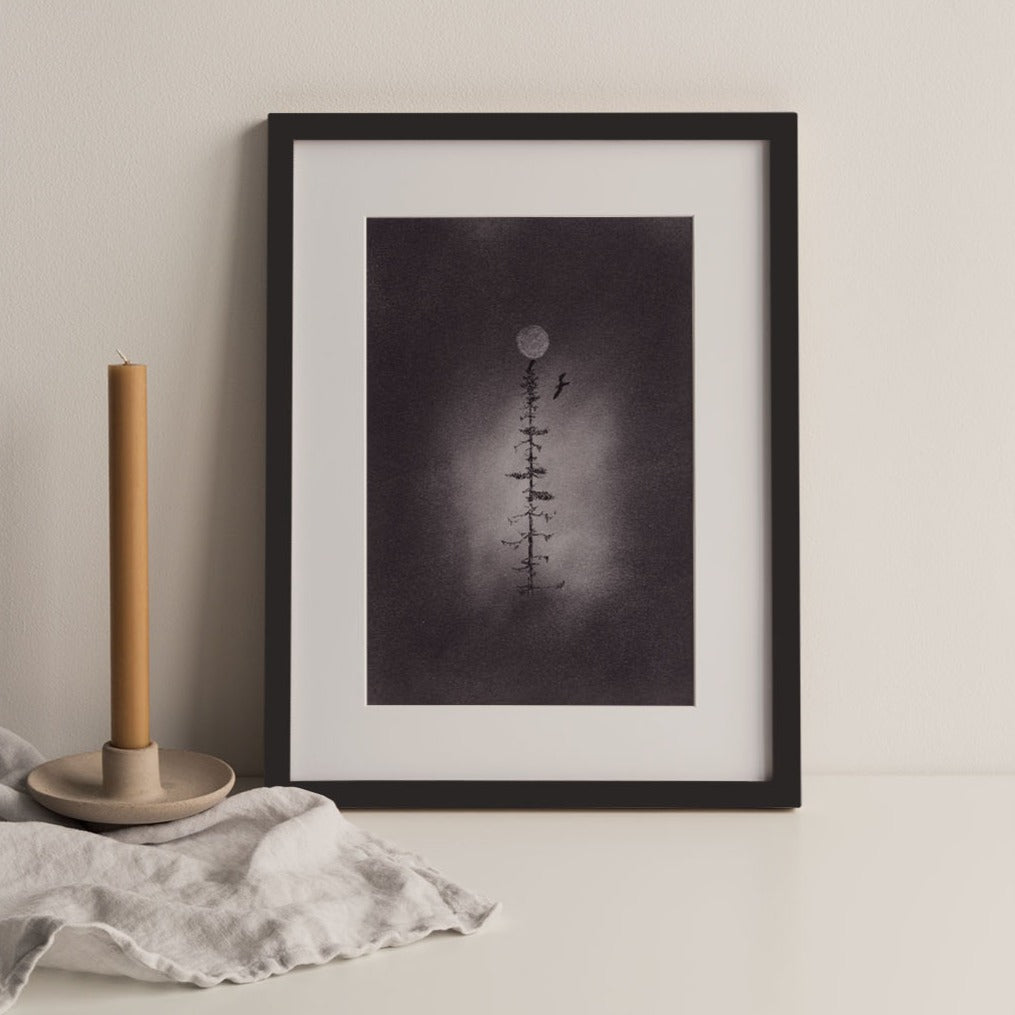
Composing Your Artwork
Planning Your Composition
Before you dive into drawing, plan your composition. Decide on the subject and style you wish to portray—whether it’s a still life, portrait, or abstract piece. Sketch a rough outline with light strokes. This will serve as your guide without imposing hard lines that can’t be easily modified.
Building Mood and Emphasis
As you progress, consider where you want to draw the viewer’s eye. Use the contrast between light and dark to create focal points. Think about the story or feeling you are conveying. The ambiguity and suggestiveness of charcoal can evoke a sense of mystery and intimacy, perfect for creating a strong atmospheric mood.
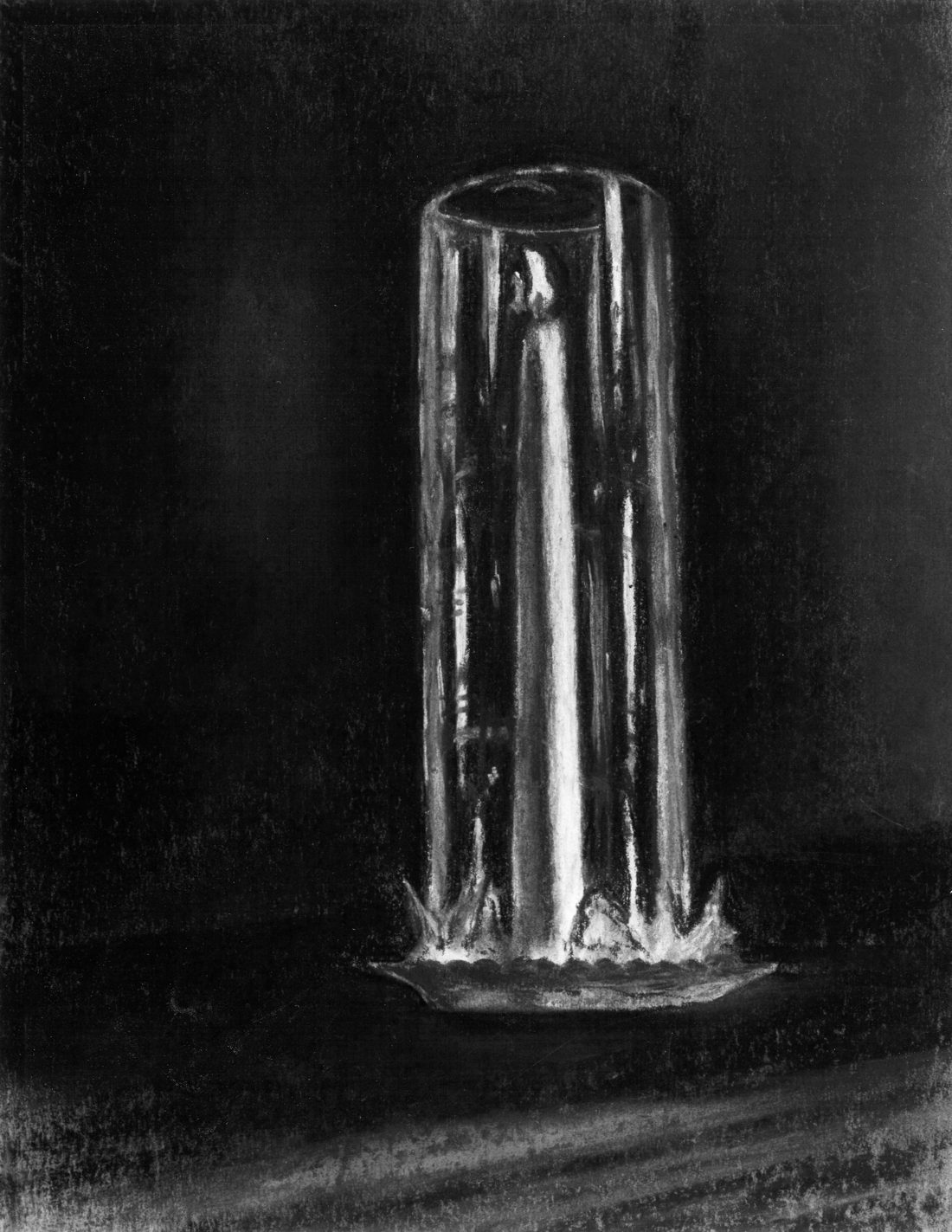
Refining and Preserving Your Drawing
Polishing the Final Details
When your composition is in place, it’s time to refine your drawing. Add subtle details, strengthen the contrasts, and clean up any smudges that don’t contribute to the artwork. Use a fixative spray to preserve your drawing. This will prevent smudging and ensure that the mood and atmosphere remain intact over time.
Presentation Techniques
Think about how you want to present your candle charcoal drawing. The framing can greatly enhance the mood. Opt for a simple, minimalistic frame that does not distract from the artwork itself. Consider the placement of your piece and how it interacts with the lighting in the room, as this can further influence the atmosphere.
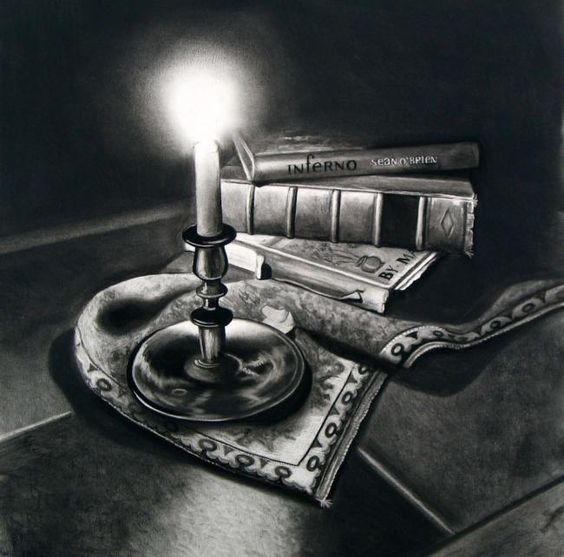
Embracing the Process
Experimenting and Learning
The process of creating with candle charcoal should be one of experimentation and learning. Each drawing can teach you new techniques and reveal more about how charcoal reacts with candlelight. Embrace the unknowns and allow your creativity to lead the way, knowing that each piece will add depth and character to your space.
The Therapeutic Benefits
Engaging in candle charcoal drawing can be a therapeutic experience. The quiet and meditative process, focusing on the flicker of the candle and the stroke of the charcoal, can be calming and rewarding. It’s a chance to disconnect and immerse yourself in a creative flow.
Enhancing the Drawing Experience
Creating a Conducive Environment
The environment in which you draw with candle charcoal greatly impacts your creative flow. Set the mood by ensuring your workspace is comfortable and free from distractions. Soft background music or the natural sounds of your surroundings can complement the flickering candlelight, creating a serene atmosphere that enriches the drawing experience.
Adjusting to the Charcoal’s Temperament
Charcoal is a dynamic medium known for its responsiveness to pressure and texture. As you work, pay attention to how it behaves on different types of paper. Heavier, grainier paper may grip the charcoal for more dramatic effects, while smoother paper allows for finer detailing. This responsiveness to the artist’s touch adds to the ambience, as each stroke is an exploration of texture and movement.
The Role of Reflection and Patience
Taking the time to step back and reflect on your artwork is essential. As candlelight casts varying shadows and highlights over your drawing, you may find new perspectives within your work. Be patient with the medium and yourself. Charcoal drawing can be unpredictable, but it is through patient practice and reflection that your ability to capture mood and atmosphere will flourish.
Finding Inspiration for Your Art
Drawing from Life and Imagination
Inspiration for your candle charcoal drawings can come from anywhere: from the form of an old tree outside your window to a cherished memory or feeling you want to emulate. Pull inspiration from life around you, or delve into the depths of your imagination to create scenes enriched with personal meaning and emotional depth. The literal and metaphorical shadows cast by the candle can transform ordinary subjects into striking pieces of art.
Seasonal and Environmental Influence
Consider the roles seasons and environments play in setting the atmosphere for your artwork. The crisp shadows and stark contrasts created on a winter’s evening differ from the soft, diffusing heat of a summer night. Elements like rain, wind, and natural light transitions throughout the day can also influence the ambiance of your drawing session, lending their energy to your artwork.
Candle charcoal drawings offer a unique blend of art and ambiance, perfectly suited for setting a mood and creating an atmosphere. By choosing the right materials, setting up a conducive workspace, mastering the techniques, and embracing the process, anyone can create evocative artwork. Whether these pieces adorn your walls or serve as a mindful practice, they hold the power to transform spaces and states of mind with their enigmatic charm. Let the tranquil play between shadow and light guide your artistic journey as you delve into the world of candle charcoal drawing.